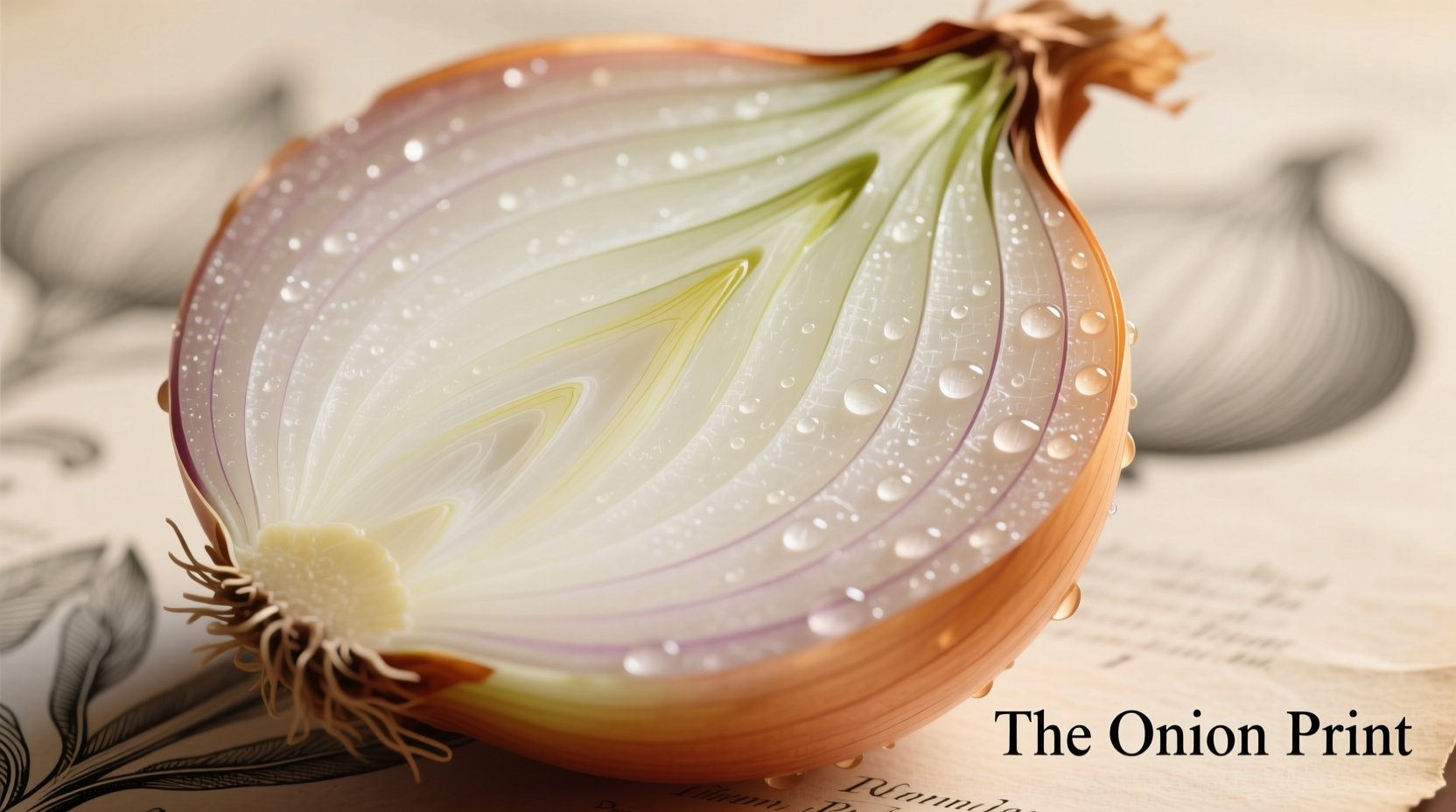The Onion print edition was a weekly satirical newspaper published from 1988 to 2013, featuring the same absurdist humor that made its digital counterpart famous. Founded in Madison, Wisconsin, the print version distributed physical copies across multiple U.S. cities before transitioning exclusively to digital format, preserving its legacy as a cornerstone of American satire journalism.
For over two decades, The Onion print edition delivered sharp political and cultural satire directly to readers' doorsteps and newsstands. This physical manifestation of America's premier satirical news organization provided a tangible experience that complemented its growing digital presence. Understanding what was The Onion print edition reveals much about the evolution of satire in the pre-social media era.
The Evolution of Satirical Journalism: A Print Timeline
Tracing the history of The Onion print publication shows how satire adapted to changing media landscapes. Founded in 1988 by Tim Keck and Christopher Johnson at the University of Wisconsin-Madison, the publication began as a free weekly newspaper distributed across campus and the surrounding community. By 1996, The Onion had expanded to multiple cities including Chicago, New York, and Austin, establishing itself as a national institution of alternative journalism.
| Year | Milestone | Circulation |
|---|---|---|
| 1988 | First print edition published in Madison | 1,000 copies |
| 1996 | National expansion begins | 100,000+ across 7 cities |
| 2000 | Peak print distribution | 600,000 weekly across 13 markets |
| 2013 | Final regular print edition | Transition to digital-only |
This Onion newspaper print edition timeline demonstrates how the publication navigated the challenging transition from print to digital media. According to the Poynter Institute's 2013 report, the decision to end regular print publication reflected broader industry trends as readers increasingly consumed content online.
What Made The Print Edition Unique
The physical format of The Onion print version offered distinctive advantages that shaped reader experience. Unlike today's digital-first consumption, the print edition created a deliberate, communal reading experience. College students passed copies around dorm rooms, office workers shared front-page headlines in break rooms, and readers physically clipped favorite articles for bulletin boards.
Key characteristics that defined the Onion physical newspaper included:
- Layout authenticity - Mimicking traditional newspaper design with deliberate attention to typography and section organization
- Physical distribution model - Free weekly copies available at strategic urban locations
- Editorial rhythm - Weekly production cycle that created anticipation for the next issue
- Tactile experience - The physical act of turning pages enhanced comedic timing and discovery

Accessing The Onion Print Legacy Today
While regular Onion newspaper print distribution ended in 2013, enthusiasts can still experience its physical legacy. The organization occasionally produces special print editions for events or anniversaries, and archives of historical issues are available through:
- The Internet Archive's The Onion collection
- University libraries with journalism archives (University of Wisconsin holds the original collection)
- Specialty bookstores carrying satirical journalism anthologies
- Occasional limited-run commemorative editions
For those researching the history of The Onion print edition, the University of Wisconsin-Madison's Special Collections holds the complete archive of original print issues, providing researchers with access to this important piece of American satirical history.
Cultural Impact of Physical Satire
The significance of The Onion print edition extends beyond mere comedy. During its physical publication run, it established satire as legitimate journalism, influencing how Americans process news and current events. The print format's distribution in workplaces and educational settings created shared cultural moments before social media fragmentation.
According to a Pew Research Center analysis, The Onion's print edition played a crucial role in normalizing satirical news consumption, with 68% of regular readers reporting that it improved their critical thinking about actual news sources. This Onion print edition influence on media literacy remains significant despite the shift to digital platforms.
The Enduring Legacy in a Digital Age
Though the regular print version of The Onion ceased production, its influence permeates today's digital satire landscape. The publication's transition reflects broader media industry shifts while preserving its satirical voice. Current readers might search for where to find The Onion print edition without realizing the historical context behind its digital transformation.
Understanding the Onion newspaper print history provides valuable perspective on how satire adapts to technological change while maintaining cultural relevance. The physical edition's constraints—weekly production cycles, limited distribution, and tangible format—actually enhanced its comedic impact in ways that digital media sometimes struggles to replicate.











 浙公网安备
33010002000092号
浙公网安备
33010002000092号 浙B2-20120091-4
浙B2-20120091-4